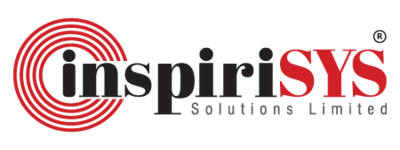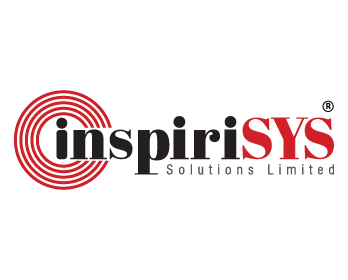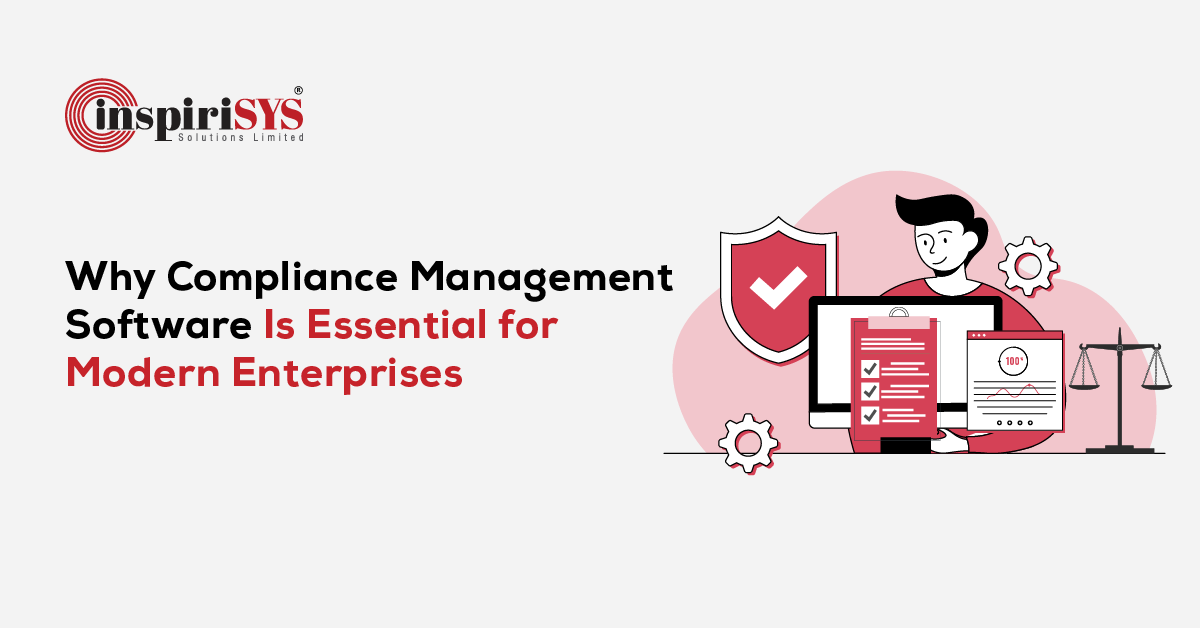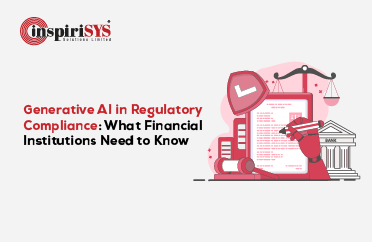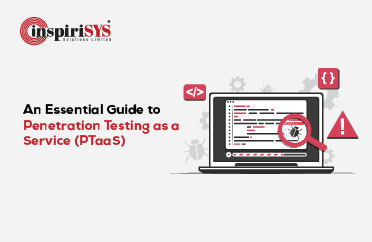Quick Summary: Compliance Management Software enables organizations to meet changing regulations with precision and agility. It automates complex workflows, reduces manual intervention, and strengthens visibility across compliance functions. By outlining its benefits, operational framework, and challenges, the article highlights how technology-driven compliance promotes accountability, consistency, and sustainable organizational performance.
Organizations across industries are increasingly turning to Compliance Management Software to address growing regulatory demands, data protection mandates, and risk management challenges. By centralizing compliance activities, such software helps businesses maintain operational efficiency while strengthening accountability across departments.
Regulatory frameworks such as GDPR in Europe and HIPAA in healthcare continue to evolve, compelling enterprises to enhance how they track, document, and report compliance. As these frameworks expand, technologies like artificial intelligence and machine learning are enhancing software capabilities, enabling predictive analytics, continuous oversight, and automated policy enforcement.
Reflecting this shift, the Compliance Management Software market is witnessing steady growth, rising from USD 31.61 billion in 2024 to USD 34.99 billion in 2025. It is projected to reach USD 70.69 billion by 2032, at a CAGR of 10.58%. This growth highlights how organizations that invest early in modern compliance solutions are better equipped to stay agile, resilient, and trusted in a constantly changing regulatory landscape.
What is Compliance Management Software?
Compliance Management Software is a digital solution that helps organizations meet regulatory, legal, and internal policy requirements. Unlike manual compliance processes that rely on spreadsheets, emails, and paper documentation, these software solutions automate routine tasks, centralize compliance data, and provide real-time oversight. This approach not only minimizes human error but also enhances accuracy, accountability, and efficiency in managing ongoing compliance obligations.
Why is Compliance Management Software Important?
Compliance today is more than a legal requirement; it’s a business differentiator. According to a McKinsey study in 2022, 85% of respondents said they consider a company’s data privacy policy before making a purchase, showing how compliance directly shapes customer trust and brand credibility.
For global enterprises operating across multiple regions, staying aligned with diverse regulatory frameworks is increasingly challenging. Each market enforces its own data protection and privacy laws such as GDPR in Europe, HIPAA in the United States, and PDPA in Asia and DPDP in India, with varying requirements for data storage, consent, reporting, and audit practices. These differences multiply as organizations expand, adopt new technologies, or handle customer data across borders.
A Compliance Management System (CMS) simplifies this complexity by continuously monitoring operations for potential non-compliance and alerting teams to regulatory changes in near real time. It enables organizations to maintain consistency across jurisdictions, reduce risk exposure, and uphold transparency, making compliance not just a safeguard but a cornerstone of responsible business growth.
How Does Compliance Management Software Development Work?
Understanding the operational mechanics of Compliance Management Software Development reveals how it converts complex regulatory requirements into structured, actionable workflows. Here's how these systems function behind the scenes to deliver continuous compliance.
- Intelligent Workflow: A workflow automation engine forms the core of the compliance system. When a compliance event occurs, such as a new policy requiring approval, an upcoming audit, or a regulatory deadline, the system automatically routes tasks to the right stakeholders based on predefined business rules.
- Alert Systems: The software continuously evaluates compliance performance against internal and external standards. It tracks metrics such as control effectiveness, policy acknowledgment, training completion, and incident trends, alerting teams to any deviation from compliance expectations.
- Integration Architecture: Rather than creating another data silo, compliance software integrates through secure APIs with existing enterprise systems. Employee data from HR platforms automates training and policy assignments, while incident data from IT security tools triggers investigations. These bidirectional integrations ensure updates in the compliance platform reflect across HR, finance, and document systems in real time.
- Evidence Collection and Audit Management: The system automatically records evidence of compliance activities, including control test results, training certifications, policy acknowledgments, and approval actions. All entries are timestamped, digitally signed, and stored with complete metadata, creating a verifiable audit trail that documents every step of compliance activity.
- Role Based Access and Permissions: The software operates on permission models where access is determined by user roles. Compliance officers manage policies, auditors review evidence, and employees access only relevant training and documents. Every user action is automatically logged to maintain transparency and traceability.
Benefits of using Compliance Management Software
The Compliance Management Software Development delivers tangible benefits across multiple sectors of organizational operations:
- Enhanced Efficiency through Automation: Automation streamlines repetitive compliance processes such as policy distribution, acknowledgment tracking, and training management. By minimizing manual work, teams can dedicate more time to strategic initiatives like risk evaluation and program improvement.
- Low Operational Costs: A well-implemented compliance system significantly cuts long-term expenses. It reduces manual oversight, decreases the likelihood of costly penalties, and optimizes resource utilization, delivering measurable savings over time.
- Stronger Risk Control: Advanced assessment tools within the software help detect potential vulnerabilities before they evolve into compliance breaches. Linking identified risks to the right controls enables organizations to focus their attention where it matters most, reducing overall exposure.
- Simplified Audits: Maintaining continuous audit readiness becomes effortless with centralized evidence management. The software automatically compiles documentation and provides auditors with secure access, shortening audit cycles and improving accuracy.
- Unified Compliance Governance: A compliance management system consolidates policies, risk registers, audit results, and regulatory updates in one place. This centralized control eliminates duplication, provides real-time visibility into compliance status, and enables leadership to take timely corrective action. The result is improved coordination, faster decision-making, and greater organizational accountability.
- Strengthened Data Security: Compliance management software safeguards critical information such as safety records, confidential policies, incident reports, and certification data. Through controlled access and continuous monitoring, it helps prevent unauthorized exposure, protects sensitive documentation, and strengthens the organization’s overall security posture.
Challenges of using Compliance Management Software
Despite its numerous benefits, implementing and maintaining Compliance Management Software Development comes with its own challenges:
- Implementation Complexity: Without proper planning, implementation can become time-consuming and disruptive. Poorly mapped processes, inadequate training, or rushed configuration can lead to misaligned workflows, low adoption, and temporary compliance gaps that affect day-to-day operations.
- Integration Difficulties: If the system isn’t integrated smoothly with existing enterprise tools, data may remain siloed or inconsistent. This limits visibility, creates duplicate reporting, and undermines the goal of having a single, accurate source of compliance information.
- Data Quality and Migration Risks: Incomplete or inaccurate data migration can compromise the reliability of compliance reports. Errors carried over from legacy systems or spreadsheets may lead to incorrect assessments, missed alerts, or audit failures.
- Regulatory Change Management: Failure to update the system as laws evolve can quickly render compliance processes outdated. This can expose the organization to penalties, reputational damage, or loss of certification due to non-compliance with current regulations.
How to Choose the Right Compliance Management Software
Selecting the right compliance management platform requires aligning its capabilities with your organization’s operational, regulatory, and scalability needs. Here’s how to make an informed decision:
1. Ease of Use and Customization
Opt for software with a simple interface and configurable modules. A user-friendly, customizable design ensures smooth adoption across teams and accommodates changing compliance workflows.
2. Scalability and Integration
Choose a platform that grows with your business and connects effortlessly with existing HR, finance, and IT systems. Seamless integration supports unified compliance tracking and minimizes data silos.
3. Regulatory Tracking and Updates
Look for software that automatically monitors regulatory bodies and sends alerts about new or updated requirements. Built-in tracking tools help you respond quickly to evolving laws.
4. Data Management and Security
Ensure the solution offers robust access controls, encryption, and centralized document storage. Strong security safeguards sensitive records and ensures audit readiness.
5. Reporting and Analytics
Select software with visual dashboards and automated reports that simplify performance tracking and support data-driven decision-making.
6. Vendor Support and Training
Prioritize vendors offering ongoing technical support, user training, and regular system updates to maintain compliance efficiency over time.
Use Cases of Compliance Management Software
Compliance management software plays a crucial role across multiple sectors, supporting industry-specific regulatory and operational needs.
Healthcare
In the healthcare sector, compliance software is used to manage data privacy and security in line with patient information protection standards. It helps maintain audit trails, manage risk assessments, and ensure that privacy and breach notification procedures remain up to date with HIPAA requirements.
Financial Services
Within financial institutions, the software is applied to oversee internal controls, manage regulatory documentation, and support compliance with standards such as SOX and Basel III. It also contributes to accurate reporting, audit readiness, and monitoring of high-risk activities.
Data Privacy and Protection
For organizations handling personal or customer data, compliance platforms are commonly used to organize consent records, manage data retention policies, and ensure adherence to global data protection regulations.
Cybersecurity and IT Governance
In technology-driven environments, compliance tools help align business operations with security frameworks such as ISO 27001 and NIST. They assist in maintaining documentation, tracking vulnerabilities, and ensuring that governance standards are consistently followed.
Best Compliance Management Tools
Several platforms help organizations automate and streamline compliance processes. Below are some of the widely adopted tools:
- Komply360 by Inspirisys - Purpose-built for banks and financial institutions, Komply360 delivers comprehensive regulatory oversight through AI-driven communication, automated reminders, and real-time monitoring. It simplifies adherence to internal and external mandates, ensuring that each branch or office meets its compliance obligations efficiently and consistently.
- OneTrust - A global leader in privacy, security, and data governance that helps enterprises manage frameworks like GDPR and CCPA through automation and centralized data controls.
- LogicGate Risk Cloud - A flexible, workflow-based platform offering modular solutions for governance, risk, and compliance with easy customization and strong reporting features.
- MetricStream - A mature GRC suite widely adopted by large enterprises for managing enterprise risk, policy, and audit processes under one integrated framework.
- Hyperproof - Cloud-based compliance software known for automating audit preparation, framework mapping, and evidence collection with collaborative dashboard views.
- VComply - Designed for small and mid-sized businesses, offering automated compliance task management, accountability tracking, and real-time reporting.

Conclusion
As regulations grow more demanding and risks more interconnected, compliance management software forms the foundation of responsible and transparent business operations. A well-implemented solution enables clarity in oversight, consistency in process, and assurance in decision-making. Investing in the right platform leads to measurable results —lower risk exposure, greater efficiency, stronger stakeholder confidence, and the ability to manage compliance effectively in an increasingly regulated world.
Frequently Asked Questions
1. Who can use compliance automation tools?
Organizations across sectors, from banking and healthcare to manufacturing and IT can use them to simplify audits, manage risks, and stay aligned with regulations.
2. What types of compliance tools are available?
There are tools for risk management, policy tracking, audit management, document control, and all-in-one governance, risk, and compliance (GRC) platforms.
3. How do technology and automation improve compliance?
Automation handles repetitive tasks such as monitoring controls, tracking updates, and generating reports, reducing manual effort and ensuring accuracy.
4. Can compliance software work with existing business systems?
Yes. Most solutions integrate with HR, finance, and IT systems through APIs, allowing seamless data flow and unified compliance management.
